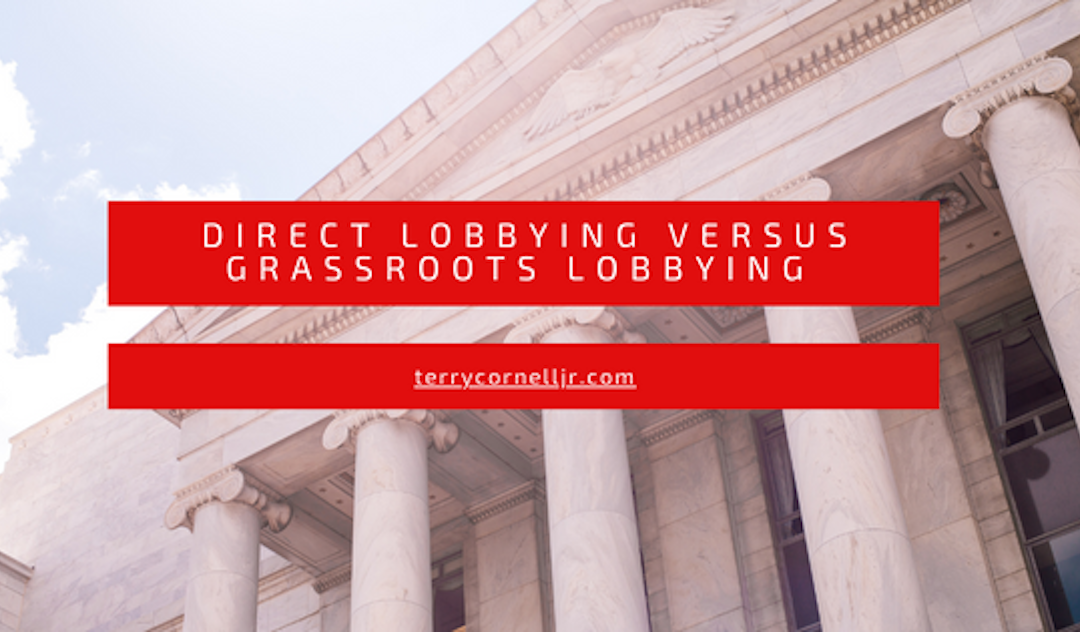Due to the competitive nature of today’s society, there has been a demand for government officials who are involved in lobbying. Their work can help businesses develop effective strategies and improve their operations. Most people need to realize there are two types of lobbying: grassroots and direct. These two differ in how they approach advocacy and how they can benefit your organization. This article will discuss which type of lobbying is ideal for your business.
Direct Lobbying
This type of lobbying involves directly communicating with government officials and other organizations about your company’s position on specific issues. It also involves working with other policymakers to influence policies. Usually, a registered representative of a company will be involved in the lobbying process. To achieve their goals, lobbyists must build strong relationships with their clients and government officials. They must also prove their expertise by producing high-quality data and providing compelling and credible arguments. Finally, they must help draft new legislation.
Grassroots Lobbying
This type of lobbying is commonly carried out through grassroots strategies, which involve engaging the public in a campaign to influence policymakers. Unlike direct lobbying, this method does not include directly engaging with government officials. Instead, it consists in engaging the community.
When considered a grassroots lobbying organization, an organization cannot make specific statements about its position on the legislation. This is referred to as direct lobbying.
Unlike direct lobbying, grassroots lobbying does not urge members to contact the policymakers. Instead, it uses various communication methods to reach out to the public. These include publishing open letters, holding demonstrations, and launching an online petition.
One significant difference between grassroots lobbying and direct lobbying is that the former requires organizations to follow spending restrictions established by the Public Charity Law. This law was designed to prevent non-profit organizations from losing their status as charitable organizations. By using the law, organizations can increase lobbying expenditures from 5% to 20% of their total revenue.
